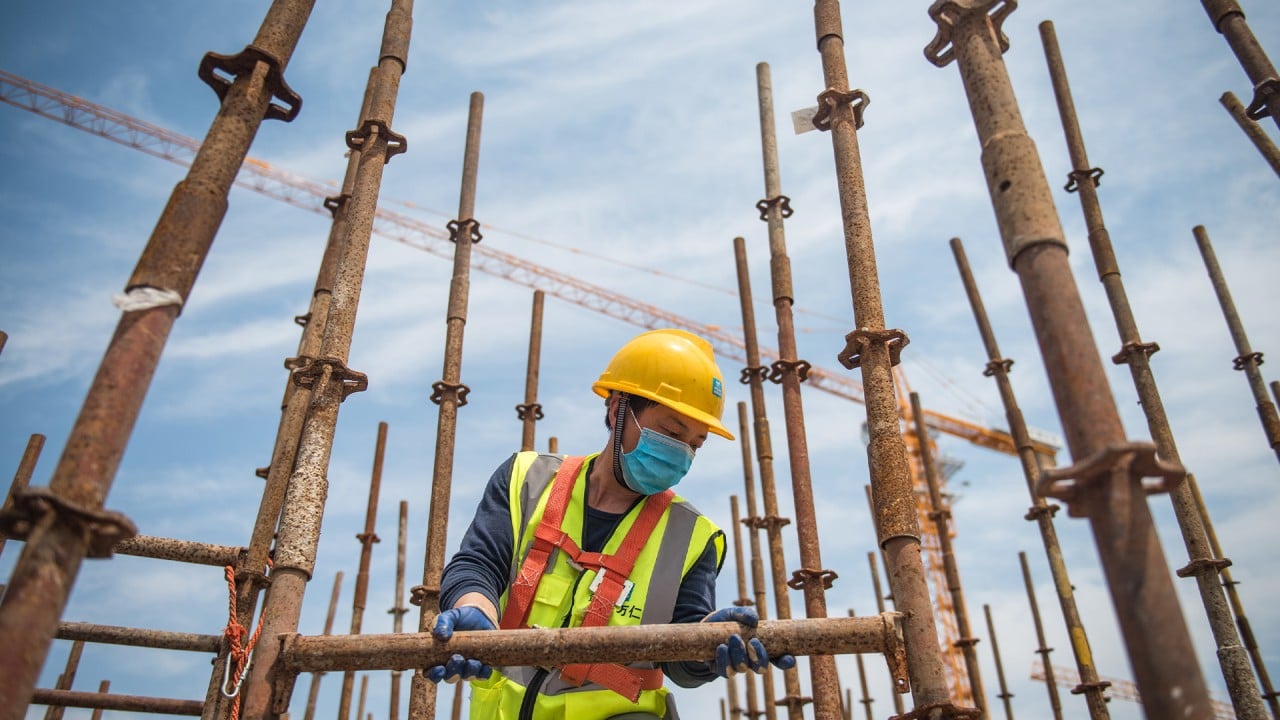
Why the US Federal Reserve is damned if it unleashes more coronavirus stimulus, and damned if it doesn’t
- Unprecedented levels of stimulus to avert a 2008-style credit crunch have stabilised markets to the point that it is almost like the pandemic never happened
- The strength of the recovery could make it more difficult for the Fed to justify continued measures to spark the economy
It was possibly the most telling moment in financial markets since asset prices began rising sharply in late March despite the economic devastation wrought by Covid-19.
Markets are forward-looking, so it stands to reason that, given the increasing signs during the past several weeks that the global economy has bottomed out, sentiment has improved significantly.
In an indication of the scale of the liquidity support provided by the Fed, it is expected to purchase US$100 billion in Treasury bonds this month alone. The pace of buying is “substantially higher than observed over any of the previous [quantitative easing] programmes a decade ago”, JPMorgan noted in a report published on May 28.
According to data from Bloomberg, the spread, or risk premium, on the debt of companies most at risk of a credit rating downgrade to junk has narrowed to levels only slightly above those in late February, when Covid-19 began to roil markets.
The Fed-driven improvement in sentiment has been so dramatic that it has called into question the need for the central bank to act so aggressively, particularly if the publication last Friday of an astonishingly strong jobs report – which showed US employers added a net 2.5 million jobs last month – presages a speedier recovery from the shock of the pandemic than initially assumed.
As I argued previously, there are concerns that the big central banks are getting too much market bang for their buck. The MSCI All-Country World Index, a gauge of stocks in developed and emerging markets, is up a whopping 40 per cent since its March 23 low and now trading at its most expensive valuation since 2002, data from Bloomberg shows.

05:02
Coronavirus backlash further fraying China’s ties to global economy
The stronger the rally, the more difficult it becomes for the Fed to justify its exceptional stimulus measures. Investors, who have been pouring money into riskier assets with the expectation that the Fed will continue to backstop markets, should be careful what they wish for.
In a report published on Monday, Blackrock warned that it sees “a risk of policy fatigue leading to an exit or a retrenchment too soon”, adding that “signs that policy interventions [are] cushioning the blow from the shock [increase] the risk that policymakers may give up on relief measures sooner than necessary”.

01:11
Japan’s economy gets US$1.1 trillion stimulus after coronavirus state of emergency ends
By sending its strongest signal that it will keep policy ultra loose for years to come, though, the Fed is blowing asset bubbles, especially in bond markets where there are concerns that its support for junk-rated debt is sustaining “zombie companies”.
By throwing the kitchen sink at the economy, the Fed is endangering financial stability, a threat that could become much more acute if sentiment were to deteriorate sharply. Right now, Powell has little choice but to unleash more stimulus. But by doing everything it can to suppress volatility, the Fed is sowing the seeds of further turbulence.
Nicholas Spiro is a partner at Lauressa Advisory

